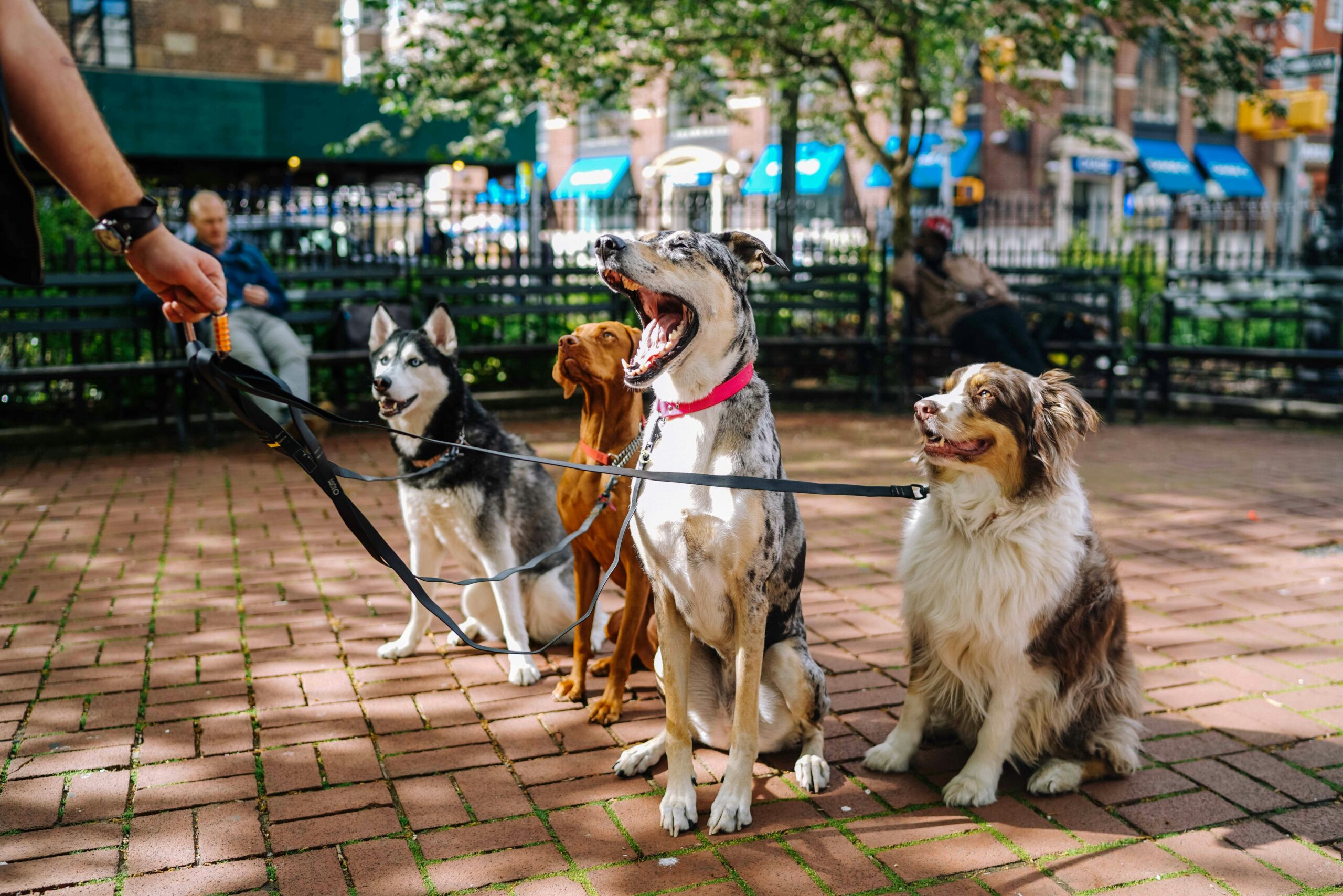In todays day and date, people do not have the time or attention span to read long paragraphs, especially when it comes to reading content online like websites or social media. Our brains are wired in a way where we process images extremely fast, quicker then we would with plain English writing. So using visuals helps you communicate your point instantaly because people will understand the purpose of what you are trying to tell easier, it stays wired in our brain where we will remember is easier, and it also can lead to more people sharing the content because it is visually appealing rather then just being boring text. For example, if someone is scrolling through my website’s content, a strong image can grab the reader’s attention so much quicker and easier than the words on there can because we process a picture in 13 milliseconds and visuals are processed 60,000 times faster than text. This is why platforms like TikTok, Instagram, and Pinterest do so well; they are structured in a way that entertains us because we are watching visual after visual, which also makes our brain retain that information faster than seeing long written tweets on Twitter. The faster someone understands our messages, the faster people will be to respond and engage with the content, and because visuals spark curiosity or a type of emotion, they’re often what gets people to stop scrolling and pay attention.
Catching people’s attention is super important, but what is much more important is making them remember us. Visuals help immensely with this; our brains are way better at storing images than plain text. If we see a photo or graphic that connects to what the content is about, such as its purpose, we are more likely to hold on to the information for the long term. This is really effective when we are trying to build a brand or leave a lasting impression. Studies show that people remember 65% of visual content after 3 days, compared to just 10-20% of info from text or audio. Using visuals like branded pictures, consistent colours, and strong pictures that really tie in with your message can actually build trust as well because people start to associate the visuals with your brand’s personality and messages. It also helps with visual storytelling, which makes content easier to follow and more likely to be remembered, especially because so much different content is posted online every second so it’s important to try and stand out to your segment.
When we use the right visuals, we are not only showing something; we are making people feel something. Whether that’s an emotion of happiness, sadness, excitement, inspiration, or something serious, visuals help create an emotional reach that words alone might not hit the same way. And when people feel something, they’re more likely to engage, comment, or share. Basically, they’ll actually care and remember your content and maybe even help spread it to other people. This emotional connection is what makes visuals so powerful in our digital world and even in print. Emotional visuals are the most shared online, especially the visuals that spark a “wow”, interest, or happiness. When people feel emotionally connected to something, they’re not just more likely to remember it, but they’re more likely to act on it. That’s why so many successful marketing campaigns use powerful imagery to tell human stories, create a connection and emotion, or represent values clearly. It’s not just about what the content says, it’s about how it makes someone feel, and good visuals are key to that because they expand on the person’s imagination and emotions.
